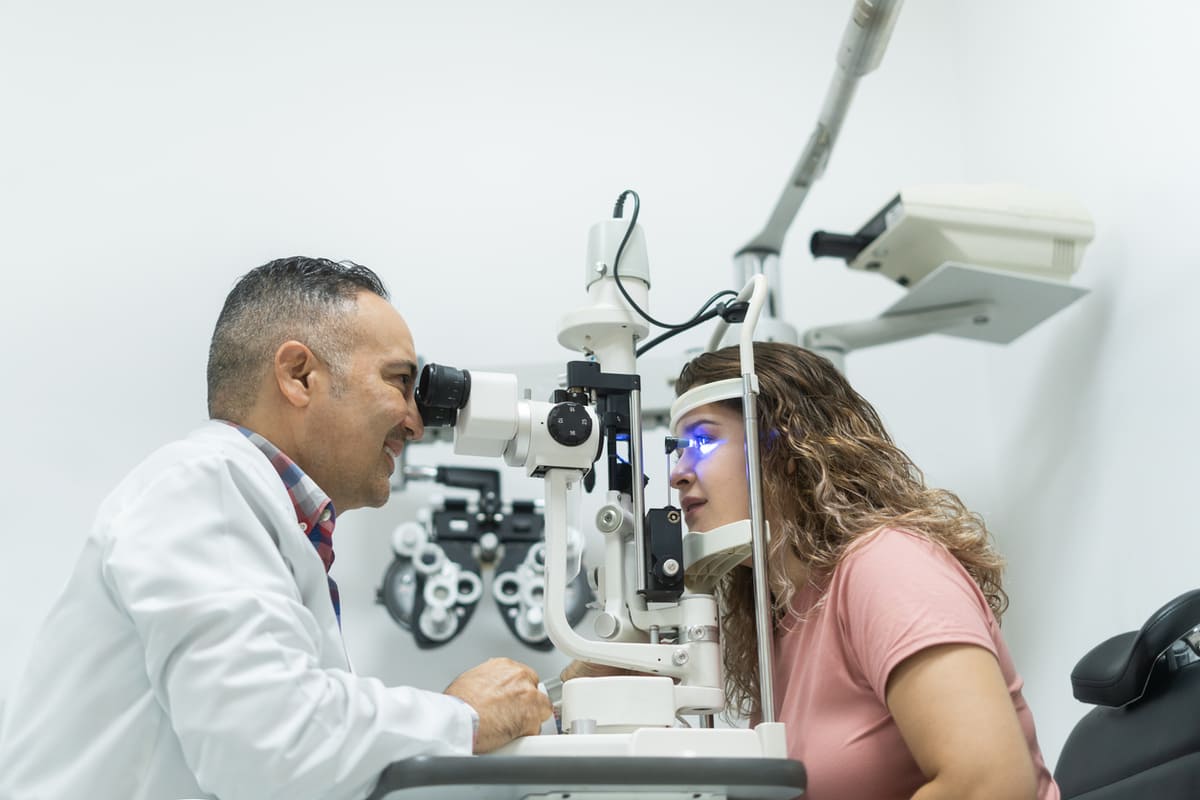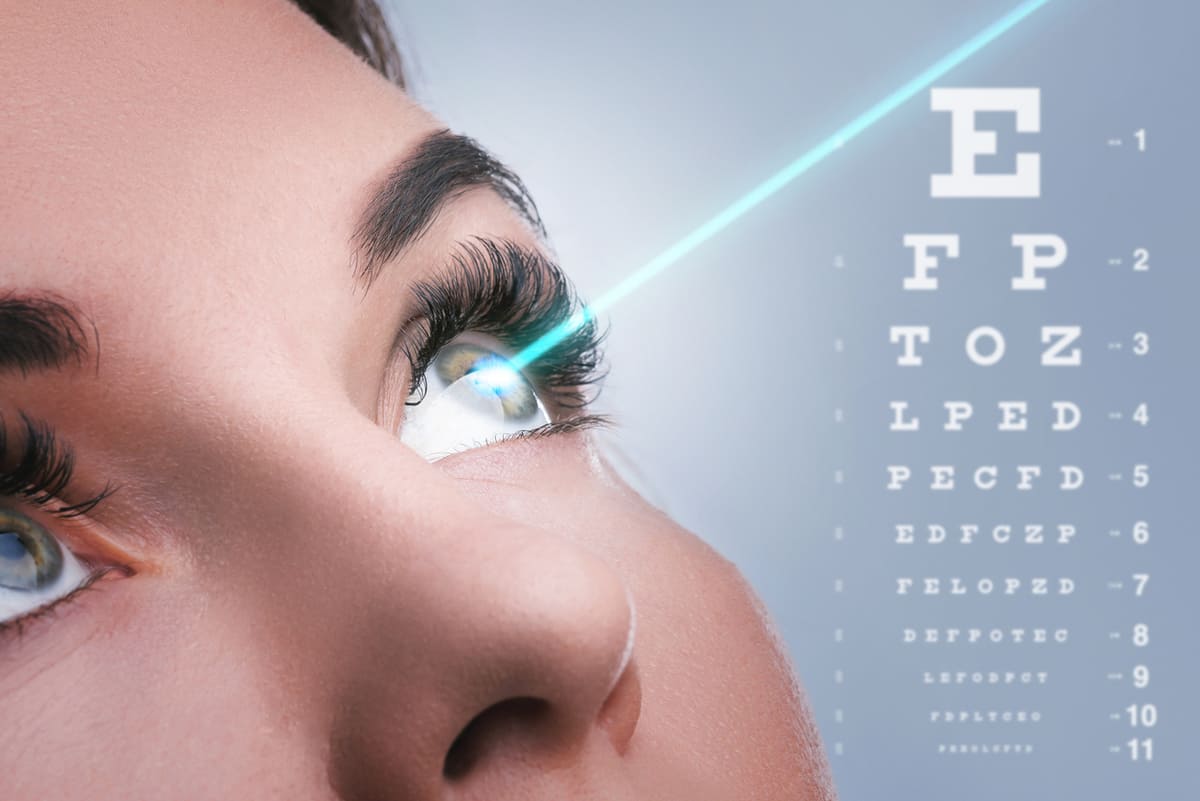There’s no denying it: our need for glasses becomes increasingly apparent each year. And while we’re noticing plenty of women getting LASIK eye surgery in their 20s to correct vision problems, you may wonder if it’s too late to get it at your age. Here’s everything you need to know about LASIK over 50.
Disclosure: This post on LASIK over 50 is for informational purposes only and to provide the necessary information in case you want to take the next step with corrective eye surgery. Of course, you know your body best, so please talk to your ophthalmologist or eye surgeon to determine the best course of treatment for you.
Intro to Lasik

When I was young – much younger I’d cross my fingers every time I went to the eye doctor’s office for an appointment in the hopes I’d need glasses. For one thing, I thought they were cool. Second, my best friend had a pair she wore all the time, and I thought I should too. Lastly, several cartoon characters wore them, and they were super fab, so I was all in for a pair.
But that never happened. Then, one day in my 40s, I realized I was pushing everything I read away from me to see it more clearly. So, I headed to the ophthalmologist’s office only to hear what I already knew: I needed glasses for farsightedness (or the inability to see close up).
I had a slight twinge of “cool!” until I began to wear them. And lose them and have to replace them. And I need multiple pairs everywhere and wear them on top of my head so they don’t get lost or hang them around my neck and – well, you get the idea. Glasses are no longer cool but rather a necessity for me. Plus, I wear sunglasses constantly, so I have one pair on my eyes and another on top of my head. The idea of LASIK has intrigued me for a few years, so when asked to write this post, it was not only for you but for me as well.
First, What Is LASIK?

Not a new procedure, LASIK eye surgery has been around since 1999 (the same time I got my first tattoo. I wanted one before Y2K in case the computers crashed and the world ended, remember? But I digress.). However, it had been in the process of approval for 50 years before the FDA officially approved it.
It was only a couple of years until it was the talk of the town due to its success rate, short recovery time, and relatively speedy procedure. Today, millions of folks have seen the benefits of LASIK, and due to continual improvements, it only gets better with time.
In a nutshell, LASIK (or Laser-Assisted In-Situ Keratomileusis, if you want to be fancy) was founded in the 1970s when a team of researchers at IBM was studying an Excimer laser and realized it could cut through organic tissue with the utmost precision.
Fast forward to 1991, when the laser was paired with a microkeratome (a surgical instrument that can precisely cut a flap in the cornea (the part of the eye responsible for focusing) of the eye). Combined, once the flap is cut, the laser can change the refraction of the cornea, the flap can be placed back into its original position, and natural healing can occur.
When used under the proper specs, LASIK can improve nearsightedness, farsightedness, and even astigmatism. It can take two to three months for vision correction to kick in completely, but up to 90% of people that have it done are pleased with their 20/20 vision.
Is 50 Too Old for LASIK?

It turns out that being too old for LASIK is a common misconception. When it comes to the procedure and age, there’s only one rule of thumb: you must be over the age of 18.
Folks our age increasingly go under the laser to correct their poor eyesight. Having written that, people aged 50 and over are at a greater risk of acquiring macular degeneration (a condition where your retinas deteriorate and a loss of visual acuity). Still, if you have healthy eyes and your doctor agrees, you could be a good candidate for LASIK surgery.
To make a long story short, there is no “too old” age for LASIK surgery. My grandfather was in his 80s when he had it. It’s important to keep in mind that you’ll experience a short recovery time (a day or two) and some mild discomfort after the topical anesthesia wears off. After the surgery, you may also experience a halo in your vision, puffy eyes, or even light sensitivity, among other possible side effects. However, if you elect to go for LASIK surgery, the most important thing to remember is to not rub or touch your eyes for a week or so while your eyes heal. That will give you the best chance of a speedy recovery with fewer side effects.
Read Next:
Losing Sight: What You Need to Know About Macular Degeneration







